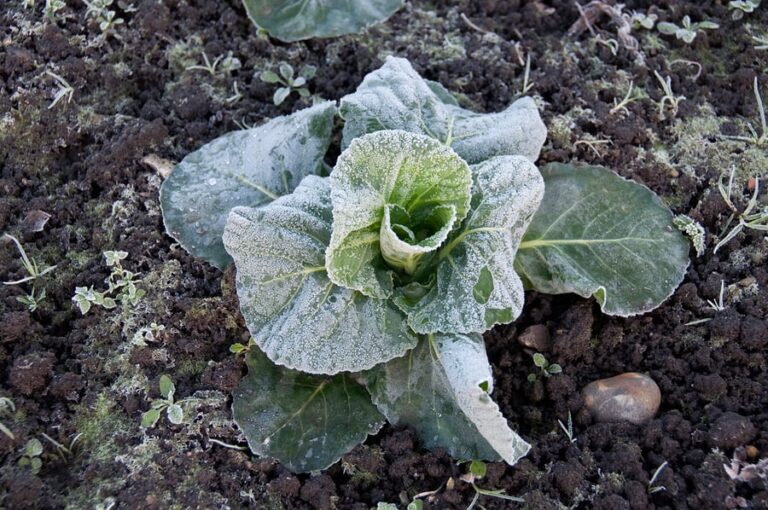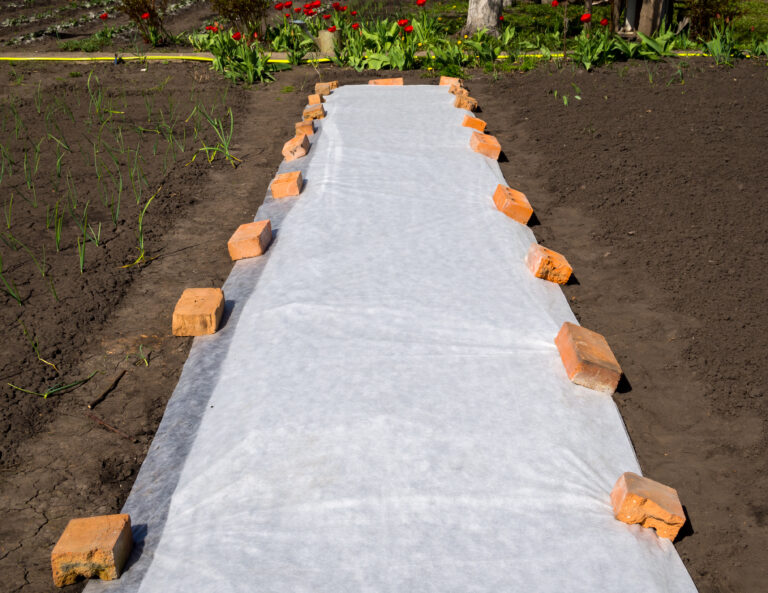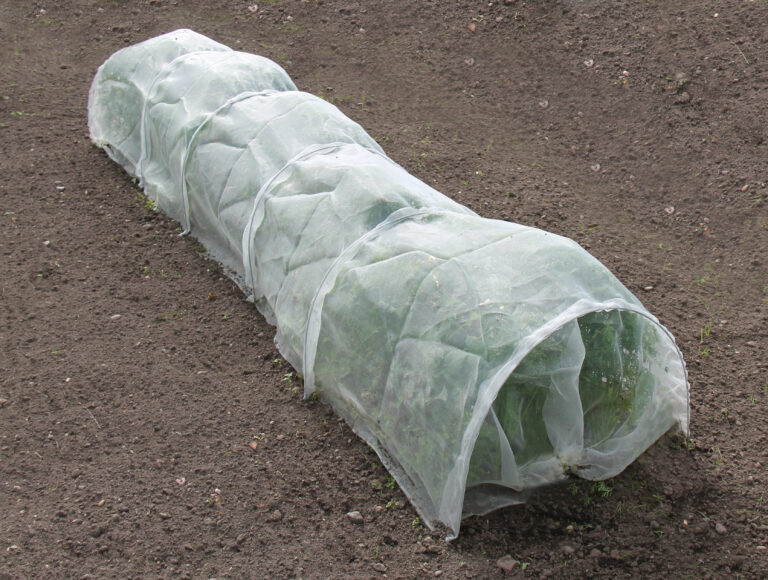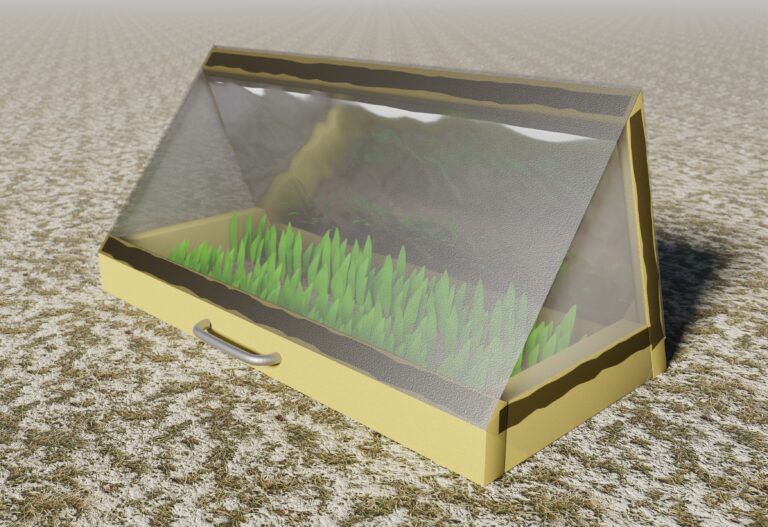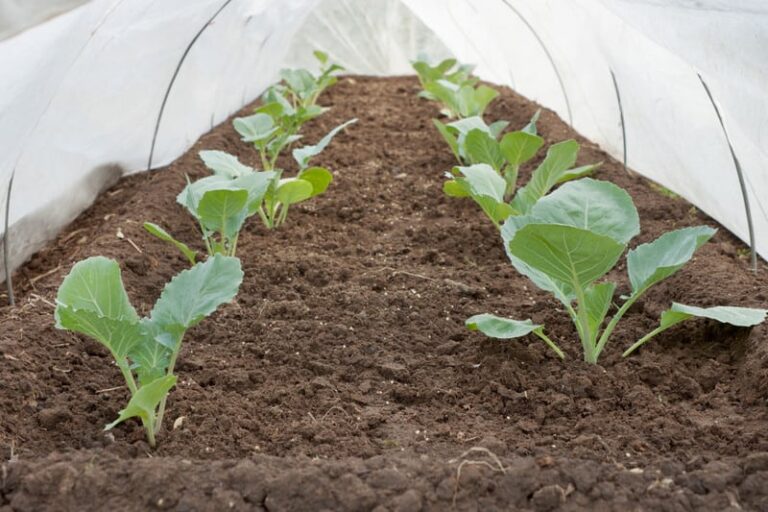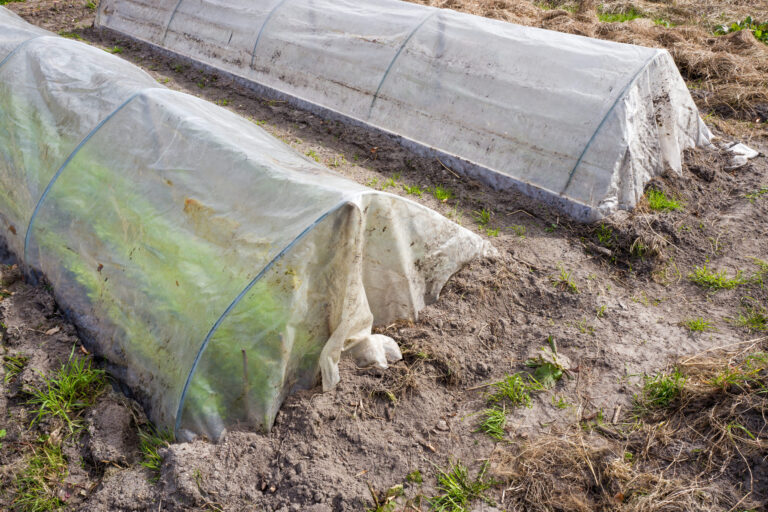How to Grow a Winter Vegetable Garden
Many vegetables can be grown in winter and harvested in winter or early spring. Some vegetables take most of a year to mature; they are planted in spring and harvested in winter. Other vegetables can be sown in midsummer or early autumn for autumn and winter harvest. Vegetables for winter harvest include leeks, salad leaves,…

